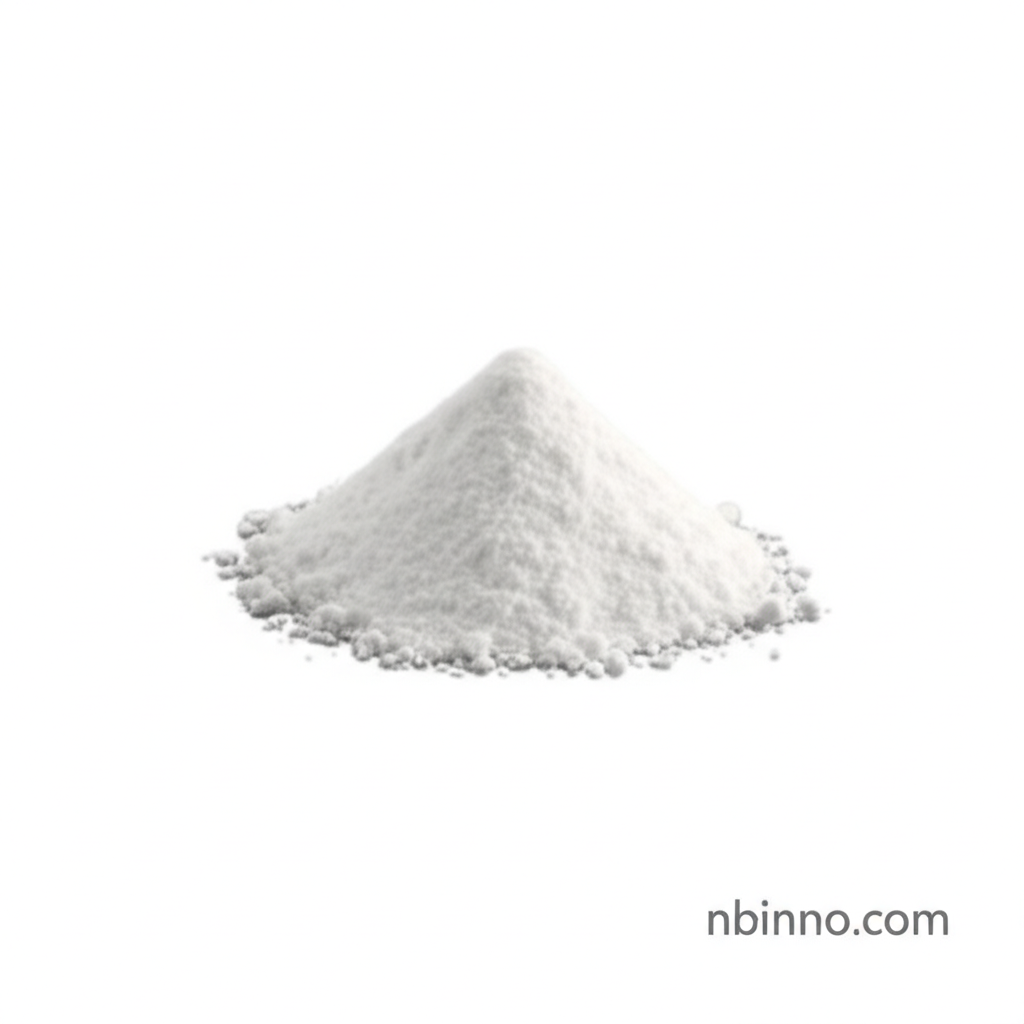Boc-(S)-3-Amino-4-(2-naphthyl)-butyric Acid: A Key Peptide Synthesis and Pharmaceutical Building Block
Discover the crucial role of this advanced amino acid derivative in creating next-generation therapeutics.
Get a Quote & SampleProduct Core Value

Boc-(S)-3-Amino-4-(2-naphthyl)-butyric Acid
As a vital component in modern chemical synthesis, Boc-(S)-3-Amino-4-(2-naphthyl)-butyric acid stands out due to its unique structure and protective group. Its application as a building block in peptide synthesis is paramount, enabling researchers to construct complex peptide sequences with enhanced stability and targeted biological activity. This makes it an invaluable precursor for drug development and the creation of novel therapeutics. The presence of the naphthyl group offers specific hydrophobic interactions, crucial for designing molecules that can effectively bind to biological targets.
- Discover the precise application of this chiral compound as a key element in peptide synthesis, facilitating the creation of complex therapeutic peptides.
- Leverage this pharmaceutical intermediate to advance your drug development projects, understanding its role as a precursor for novel drugs.
- Explore the benefits of using chiral amino acid derivatives in medicinal chemistry for improved drug efficacy and specificity.
- Understand why sourcing advanced building blocks like this is crucial for efficient pharmaceutical research and development.
Advantages
Enhanced Peptide Properties
The incorporation of Boc-(S)-3-Amino-4-(2-naphthyl)-butyric acid into peptide structures can significantly influence their properties, such as increasing stability and improving hydrophobic interactions, crucial for effective therapeutic agents.
Versatile Pharmaceutical Intermediate
This compound serves as a versatile pharmaceutical intermediate, providing a robust foundation for the synthesis of a wide array of drug candidates, particularly those targeting neurological disorders and other complex diseases.
Facilitates Complex Organic Synthesis
The unique structure, featuring both a protected amine and a naphthyl group, makes it an excellent building block for complex organic transformations, enabling the synthesis of intricate molecules for various research applications.
Key Applications
Peptide Synthesis
Utilized as a key building block in solid-phase peptide synthesis, allowing for the efficient production of peptides with specific amino acid sequences essential for therapeutic applications.
Drug Development
Acts as a precursor for drug candidates, where its unique structure can be tailored to achieve improved efficacy and selectivity in targeting various diseases.
Medicinal Chemistry
Researchers employ this compound to study protein interactions and enzyme activities, gaining insights into biological processes and identifying potential drug targets.
Biochemical Research
The compound's ability to modulate biological activity makes it a valuable tool for exploration in areas like neuropharmacology and cancer research, contributing to the understanding of disease mechanisms.
